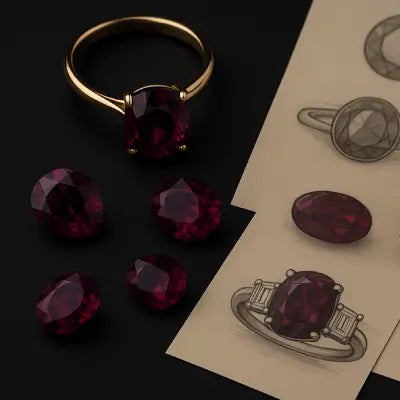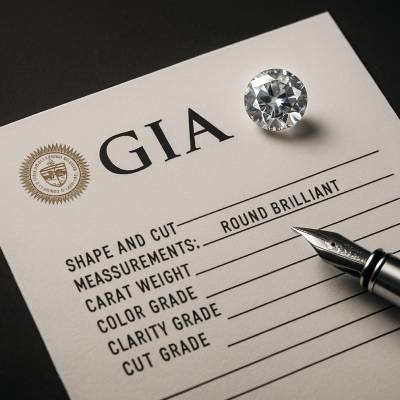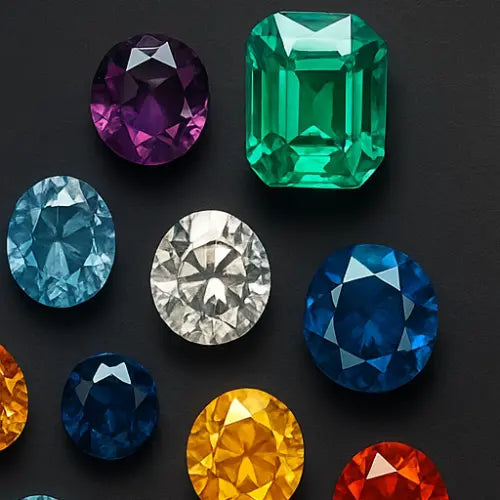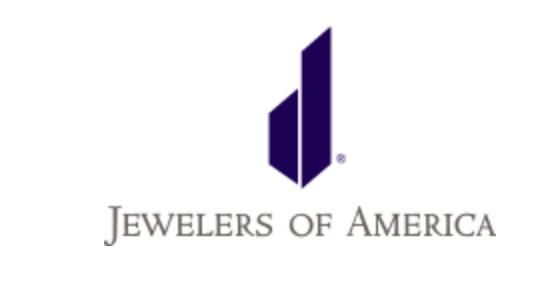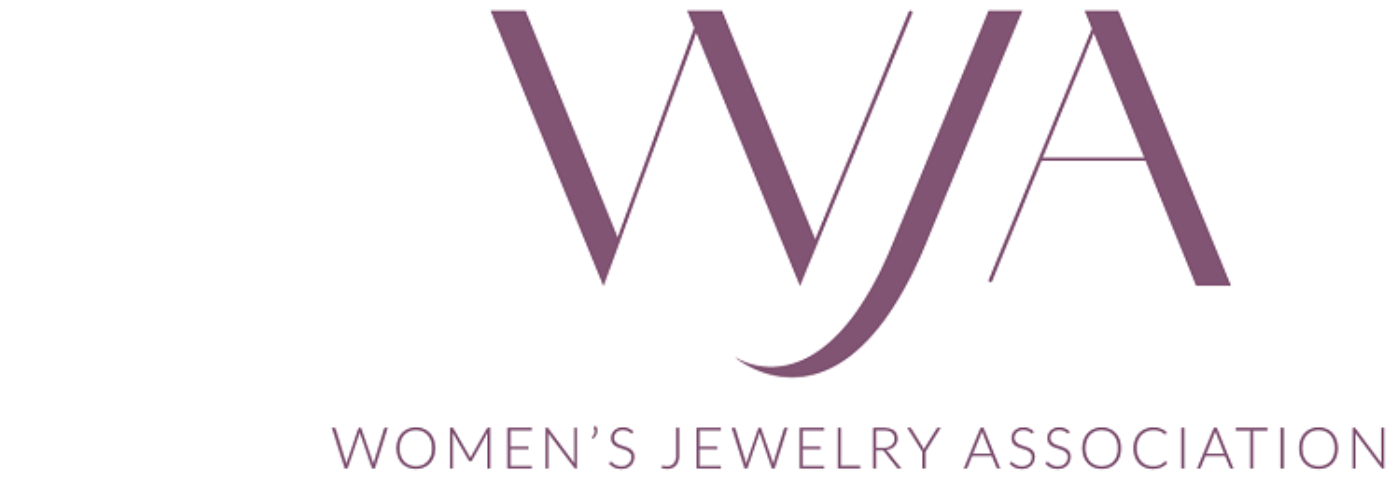In the world of fine gemstones, brilliance alone isn’t enough. A diamond may sparkle; a sapphire may shine. But behind every dazzling surface lies a crucial question: is it authentic? When purchasing something as personal — and as expensive — as a gemstone, looks can be misleading. That’s why more and more buyers are turning to something beyond visual appeal: a gemological report.
One name has become nearly synonymous with gemstone credibility — the Gemological Institute of America, or GIA. For decades, its evaluations have helped people make informed decisions, transforming uncertainty into assurance.
The Heart of the Certificate
A GIA report is more than a piece of paper. It’s a scientific assessment prepared by one of the most respected gemological organizations in the world. Established in 1931, GIA is an independent, nonprofit institution dedicated to transparency and accuracy in the jewelry trade.
GIA gained international recognition for introducing the "Four Cs" — Color, Clarity, Cut, and Carat — which now serve as the standard method for grading diamonds globally. However, the scope of their work extends far beyond diamonds. The organization also evaluates a wide range of colored gems, such as rubies, sapphires, and emeralds, using consistent, data-driven methods.

Each gemstone sent to a GIA lab undergoes rigorous testing. Diamonds are analyzed for symmetry, polish, proportions, and internal characteristics. Colored stones are checked for saturation, tone, clarity, and any enhancements. The final report provides a clear, impartial description of the gem’s identity and quality.
A Code You Can Trust
What sets a GIA-certified stone apart is the traceable identity it carries. Every report is issued with a unique number that can be verified through GIA’s online platform. For added protection, most diamonds also have this number laser-etched into the girdle — a discreet mark that connects the gem to its certificate forever.
Consider the alternative: two diamonds may appear identical at first glance. Without certification, you rely entirely on a seller’s word. But with GIA documentation, you have proof — unbiased, consistent, and grounded in science.
Who Benefits From Certification?
GIA certification is valuable for anyone involved in buying or selling gemstones. For buyers, it confirms the qualities of the stone and builds confidence in the purchase. For sellers, it provides documentation that supports pricing and builds trust with clients.
Most high-quality diamonds sold through reputable jewelers already include certification, especially those over 0.30 carats. However, vintage pieces, small stones, or colored gems may not always come with paperwork. In such cases, a GIA evaluation can clarify what’s otherwise uncertain.
When comparing gemological labs, GIA consistently ranks highest in terms of reliability and objectivity. Its nonprofit status, rigorous training standards, and advanced technology make its reports the most trusted in the trade.
Why GIA Leads the Industry
Here’s what makes GIA certification the preferred choice:
-
Independent Approach: As a nonprofit, GIA has no ties to retailers or sellers.
-
Global Recognition: Its grading system is accepted and respected worldwide.
-
Technical Accuracy: Advanced tools and trained gemologists ensure reliable results.
-
Digital Traceability: Every report can be verified through GIA’s secure database.
-
Stronger Value: Certified stones are easier to insure, appraise, and resell.
Confidence, in Writing
Buying a gemstone is a meaningful decision — one that deserves clarity. A GIA certificate brings confidence to that decision, offering detailed insight from a neutral, globally trusted source. Whether it’s your first diamond or a collector’s acquisition, having proof of authenticity makes all the difference. Robin Woolard, a renowned Bay Area Made to order Jewelry studio, places a strong focus on certified stones, ensuring that every custom creation embodies both exceptional beauty and verified authenticity. And when beauty is backed by science, the sparkle speaks for itself.

